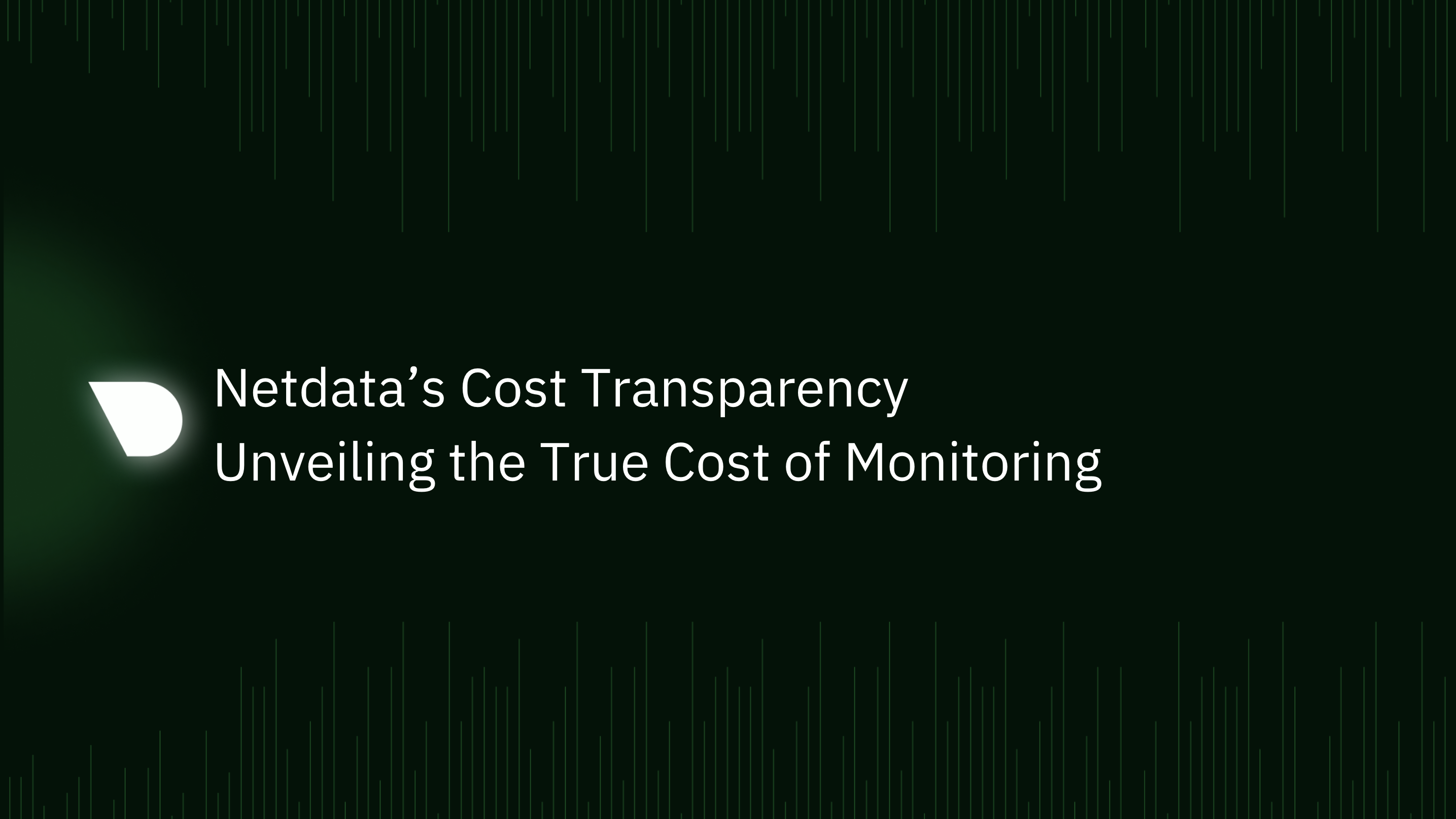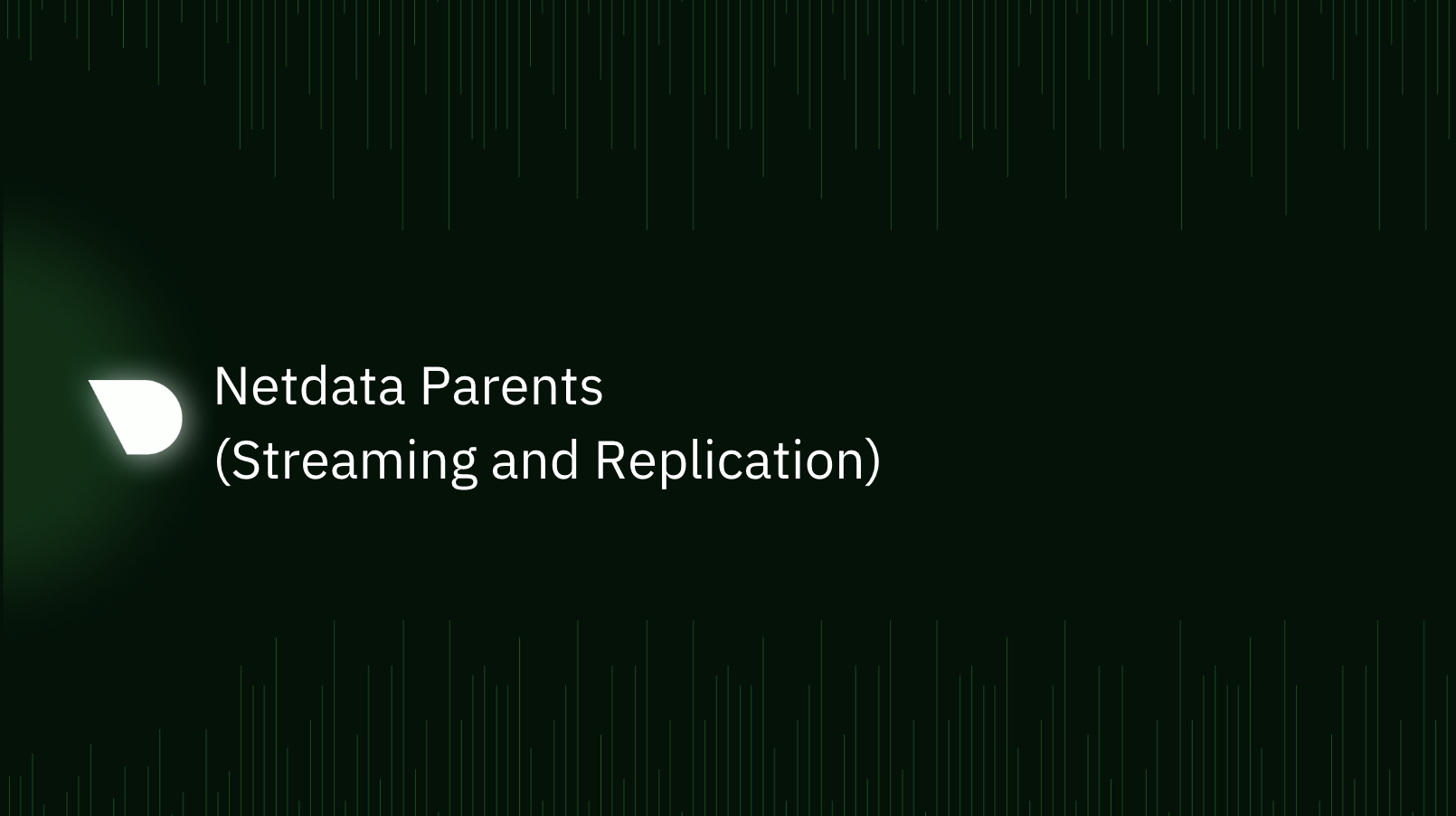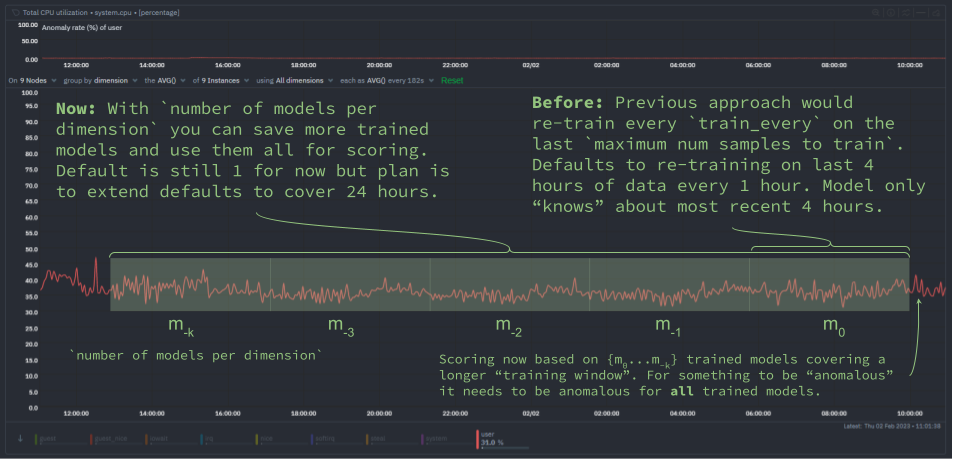
Businesses are increasingly reliant on monitoring tools to ensure the seamless performance and reliability of their systems. However, the true cost of implementing and maintaining these tools is often obscured by hidden expenses. Our previous blog delved into the concealed costs associated with various monitoring solutions, such as Prometheus & Grafana (Open Source Monitoring) and commercial platforms like Datadog, Dynatrace, and NewRelic. These costs can manifest in various forms - from complex setups and maintenance to additional charges for advanced features.
Unlike its counterparts, Netdata is engineered with transparency and efficiency at its core, ensuring that organizations can monitor their systems effectively without incurring unexpected expenses. This blog will explore how Netdata stands out in the crowded field of monitoring tools by eliminating hidden costs, providing a detailed analysis of its unique features and advantages.
Let us explore how Netdata’s user-friendly approach, unlimited metrics collection, decentralized architecture, and comprehensive capabilities make it a holistic solution for cost-effective monitoring.


